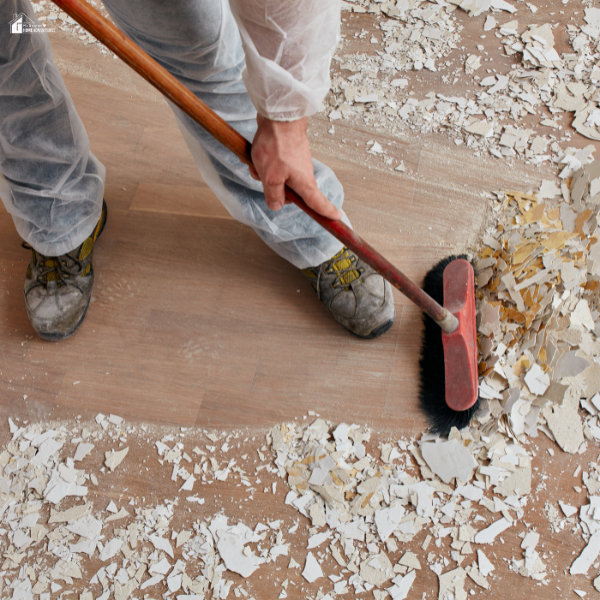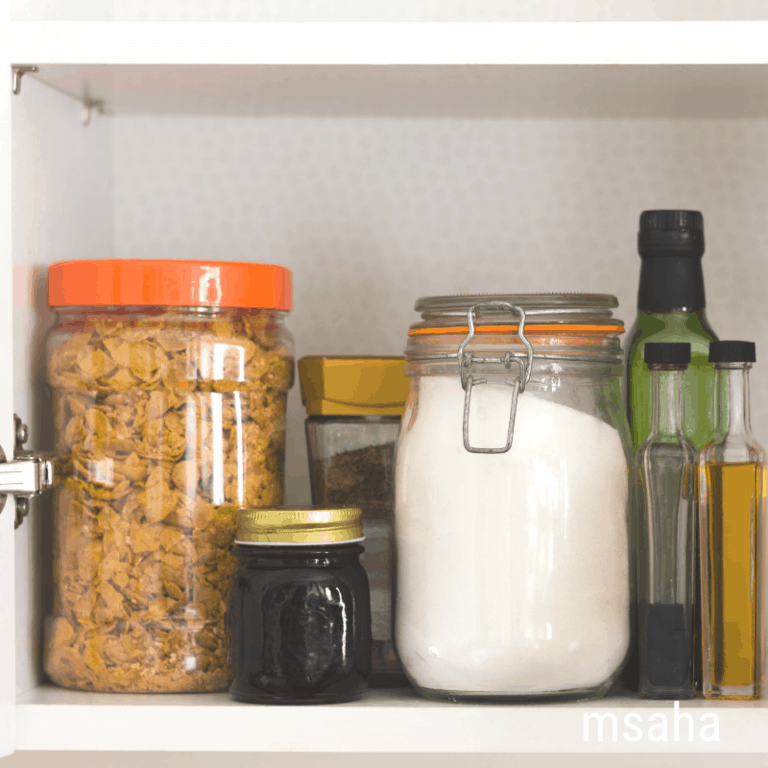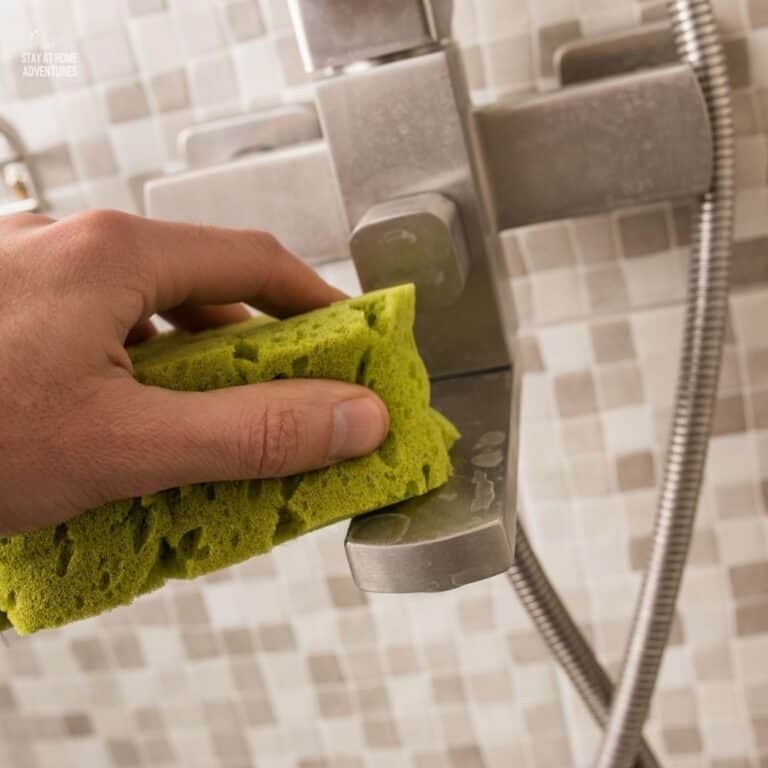How to Keep Your Home Spotless During a Renovation or Move
This post may contain affiliate links which might earn us money. Please read my Disclosure and Privacy policies hereWhether you're renovating your home or preparing for a move, keeping your space clean can be a serious challenge. Dust, debris, and clutter seem to pile up no matter how much effort you put into tidying up.
Renovations often create messes that spread beyond the construction zone, while moving can leave your home filled with packing materials, misplaced items, and last-minute messes.

If you’re relocating to a busy city like Miami or another high-traffic area, the challenge can be even greater. Homes with custom furnishings, high-end décor, or carefully curated interiors require extra attention to detail during a transition.
The last thing you want is for dust, dirt, or improper handling to damage your valuable pieces. Whether you’re upgrading your space or moving to a new home, having a plan in place will help keep your surroundings organized and clean.
Here’s how to maintain a spotless home during a renovation or move without unnecessary stress.
1. Planning Ahead: Working with Professionals to Minimize Mess
One of the best ways to keep your home clean during a renovation or move is to plan ahead. Understanding what to expect and preparing accordingly can save you time and frustration.
If you’re renovating, working closely with contractors to create a plan for containing dust and debris is essential. Setting up plastic barriers, sealing off rooms, and scheduling frequent cleanups can help keep the mess to a minimum.
If your renovation or move involves high-end furniture, custom décor, or designer pieces, proper handling is essential to avoid damage. Interior designers often work with specialized moving professionals who understand the delicate nature of these items.
For instance, if you are updating your home’s interior while also relocating items, hiring an interior designer moving specialist can ensure that every piece is transported, stored, and placed correctly.
These professionals coordinate with designers and homeowners to carefully move furniture, artwork, and décor in a way that minimizes disruption. They also help with protective packing, ensuring that dust and construction debris don’t damage delicate pieces during renovations.
By handling both logistics and preservation, they allow you to focus on creating a beautiful, well-organized space without unnecessary stress.
2. Containing Dust and Debris During a Renovation
Renovations generate a lot of dust, which can spread quickly throughout your home if not managed properly. Even if the construction work is happening in just one area, fine dust particles can find their way into every room.
To control the mess, start by sealing off the renovation zone with plastic sheeting or temporary walls. If possible, close air vents in that area to prevent dust from circulating through the HVAC system. Using an air purifier can also help trap airborne dust before it settles on furniture and floors.
Another important step is to establish a daily cleaning routine. Ask your contractors to clean up debris and dust at the end of each workday rather than letting it accumulate. Sweeping, vacuuming, and wiping down surfaces regularly will help prevent a major mess from building up over time.
If you have valuable furniture or décor that isn’t being moved, cover it with protective sheets to keep it dust-free. Taking these small steps will make a big difference in maintaining cleanliness during the renovation process.

3. Keeping Your Home Organized During a Move
Packing up a home can quickly turn into a chaotic situation, with boxes everywhere, misplaced items, and a growing sense of disorder. However, staying organized during a move can help keep things clean and prevent unnecessary stress.
Start by decluttering before you begin packing. The fewer items you have to move, the easier it will be to keep things tidy. Separate items into categories: keep, donate, sell, or discard to streamline the process.
Once you start packing, use a systematic approach. Label all boxes clearly so you know exactly where things belong in your new home. Keep frequently used items in an easily accessible box to avoid unnecessary unpacking before the move.
If you’re moving while still living in your home, designate one or two areas as “packing zones” where all boxes and supplies are stored. It will keep the rest of the house clutter-free and reduce the feeling of being surrounded by moving chaos.
4. Protecting Floors, Furniture, and Fixtures
Whether you’re moving or renovating, protecting your floors, furniture, and fixtures from damage is just as important as keeping them clean. Heavy foot traffic, dropped tools, and moving furniture can all cause scratches, dents, and stains.
For renovations, lay down floor protectors like cardboard or plastic sheeting in high-traffic areas. If contractors will be moving in and out frequently, consider using adhesive floor covers that provide extra protection against dust and debris.
For moves, wrapping furniture in protective blankets can prevent scratches and dust buildup. Use moving pads or foam padding to protect fragile items and avoid unnecessary cleaning once everything is unpacked. If possible, remove wall décor and light fixtures before the move to prevent accidental damage.
Taking these steps will ensure that both your old and new home remain in excellent condition throughout the transition.
5. Cleaning Strategies for a Dust-Free Move or Renovation
No matter how much effort you put into preventing dust and dirt, some cleaning will still be necessary. The key is to have a cleaning strategy that keeps the mess under control.
During a renovation, wipe down surfaces daily using microfiber cloths, which trap dust instead of spreading it around. Vacuum frequently, paying special attention to corners and baseboards where dust tends to settle.
If you’re moving, clean each room as you pack up rather than leaving all the cleaning for the last day.
Once the move or renovation is complete, schedule a deep cleaning session. Dust and wipe down all surfaces, clean air vents, and vacuum carpets thoroughly. If you’ve moved into a new home, disinfect high-touch areas like doorknobs, light switches, and kitchen counters before unpacking.
Maintaining a regular cleaning schedule throughout the process will ensure that your home remains fresh and inviting once everything is settled.
Renovating or moving doesn’t have to mean living in chaos. With careful planning, smart cleaning strategies, and the right professional help, you can keep your home spotless throughout the transition.
Working with experts, whether for renovations or moving, can significantly reduce the stress of keeping things clean. By containing dust, staying organized, and protecting your belongings, you can maintain a tidy home while ensuring everything is handled with care.
Once the dust settles, you’ll be able to enjoy your refreshed or new space without the overwhelming cleanup. With the right approach, you can turn your move or renovation into a seamless, stress-free experience.








